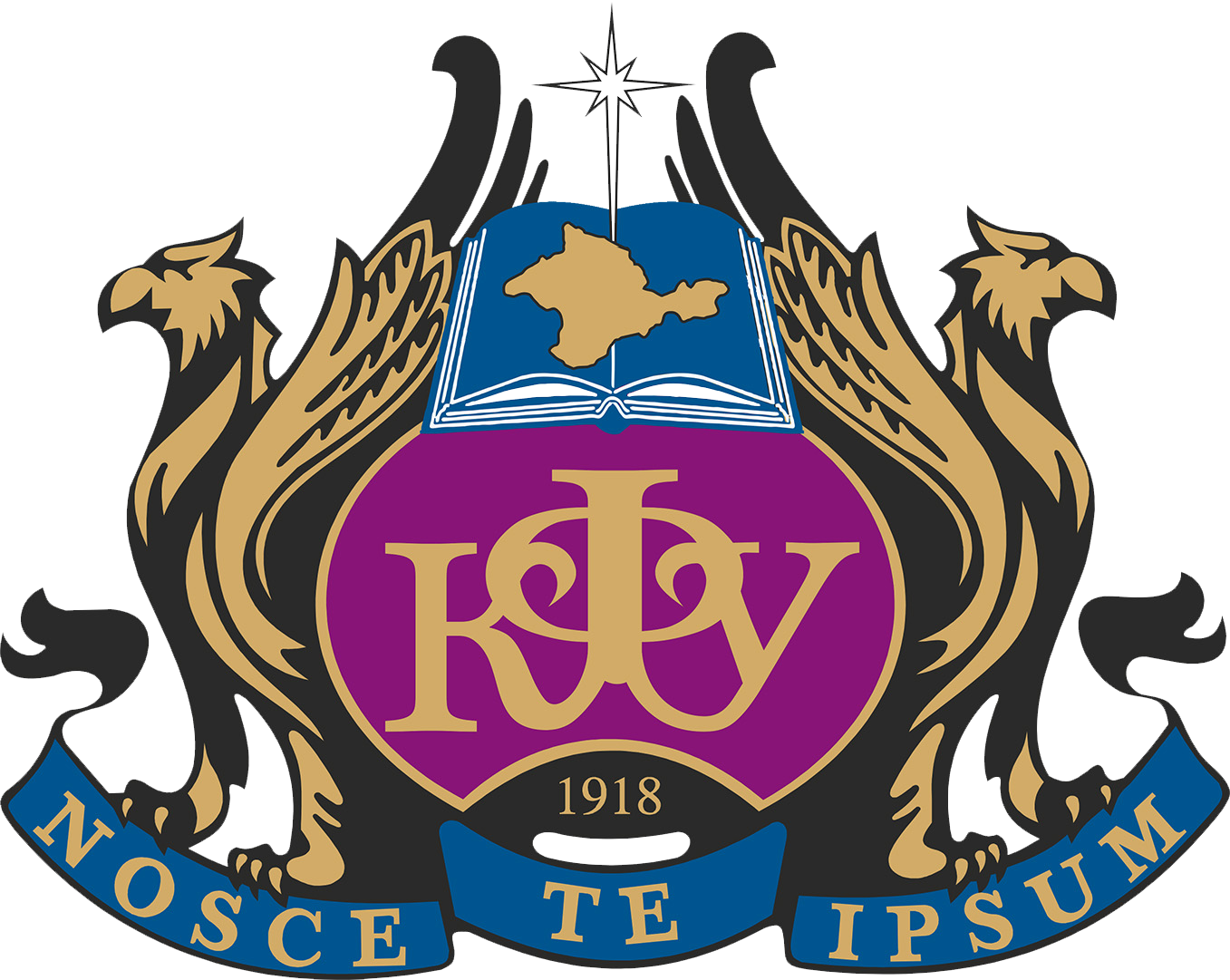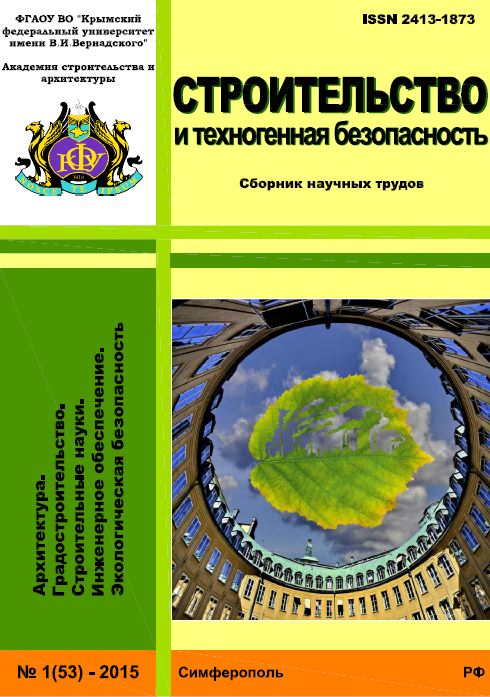A specific example shows the calculation of the maximum allowable thickness of the layer of internal sediments in metal pipes of engineering systems from a hydraulic point of view, which affects the values of the characteristics of their hydraulic potential and the actual energy consumption of pumping units transporting water or heat to consumers. Graphs of dependencies are presented, demonstrating a significant discrepancy between the magnitude of the hydraulic slope and the energy consumption of pumps in new and worn-out metal pipelines of water supply and heat supply systems. The subject of the study is the definition of a quantitative criterion for assessing the limiting condition of metal pipelines of engineering networks (water supply and heat supply). Such a criterion is the maximum allowable thickness of the layer of internal deposits on the walls of metal pipelines, if exceeded, their further operation becomes impractical. Materials and methods: The methodology is based on analytical dependencies for the hydraulic calculation of pipelines based on the formulas of Professor F.A. Shevelev, clarified by the authors taking into account the reduction in the live section of the pipe due to deposits. The method includes the calculation of the actual internal diameter, flow velocity, hydraulic slope and energy consumption of pumping units depending on the thickness of the sediment layer (δ). Results: A concrete example shows that with the thickness of deposits in a steel pipe, the hydraulic slope increases, and the energy consumption of pumps increases compared to a new pipeline. The maximum allowable thickness of the sediment layer is calculated, after which operation becomes ineffective. Conclusions: Based on the results, it is concluded that it is necessary to monitor the thickness of internal deposits to justify the decommissioning of networks. The authors recommend developing a scale of maximum allowable thicknesses for the entire range of pipes and making appropriate requirements in updated versions of codes of rules for outdoor networks.
plumbing from metal pipes, internal deposits, layer thickness, hydraulic calculation, comparison of results
1. Shevelev F.A., Shevelev A.F. Tablicy dlya gidravlicheskogo rascheta vodoprovodnyh trub. Spravochnoe posobie. // M.: OOO «Izdatel'skiy Dom «Bastet». 2020. – 428 s.
2. Prodous O.A., Shipilov A.A., Yakubchik P.P. Tablicy dlya gidravlicheskogo rascheta vodoprovodnyh trub iz stali i serogo chuguna s vnutrennimi otlozheniyami. Spravochnoe posobie I-e izdanie 2021.
3. Prodous O.A. Yakubchik P.P. Smolin E.S. Sravnitel'nyy analiz zarubezhnoy i otechestvennoy raschetnyh zavisimostey dlya gidravlicheskogo rascheta metallicheskih vodoprovodnyh trub s vnutrennimi
4. Prodous O.A., Yakubchik P.P. Novyy podhod k gidravlicheskomu raschetu metallicheskih truboprovodov vodosnabzheniya s otlozheniyami na vnutrennih stenkah. // Zhurnal «Inzhenernye sistemy AVOK Severo
5. Prodous O.A. Yakubchik P.P. Shlychkov D.I. Zavisimost' energopotrebleniya nasosnyh agregatov napornyh kollektorov vodootvedeniya ot tolschiny sloya osadka na vnutrenney poverhnosti trub. // Zhurnal
6. Prodous O.A., Shlychkov D.I., Yakubchik P.P., Parhomenko S.V. Vliyanie tolschiny sloya vnutrennih otlozheniy v truboprovodah sistem vodosnabzheniya i vodootvedeniya na prodolzhitel'nost' perioda
7. Prodous O.A., Shlychkov D.I. Gidravlicheskiy raschet setey vodootvedeniya s vnutrennimi otlozheniyami. Monografiya. // Moskovskiy gosudarstvennyy stroitel'nyy universitet (NIU MGSU). Moskva. 2022.
8. Abramov N.N. Raschet vodoprovodnyh setey. // M.: «Stroyizdat», 1976. 304s.
9. Buslenko N.P. Modelirovanie slozhnyh sistem. // M.: Nauka. 1978. ¬– 400 s.
10. Koyda N.U. i dr. Variacionnye metody gidravlicheskogo rascheta truboprovodov. // Minsk. Vysshaya shkola. 1968. – 36 s.
11. Gal'perin Raschet kol'cevoy vodoprovodnoy seti s uchetom deystvitel'nyh usloviy. // Vodosnabzhenie i sanitarnaya tehnika. 1992. № 5. – S. 26-27.
12. Grigorovskiy E.P., Koyda N.U. Avtomatizaciya rascheta mnogokonturnyh setevyh sistem. // Kiev. Vysshaya shkola. 1977. – 192 s.
13. Dzhons Dzh. Metody proektirovaniya. // M.: Mir. 1986. – 326 s.
14. Dmitriev A.V., Ketaev A.B. Gorodskie inzhenernye seti. // M.: Stroyizdat. 1988. – 175 s.
15. Zaycev I.D., Vayner V.S. K voprosu optimizacii truboprovodnyh setey na stadii proektirovaniya. // Ekonomika i matematicheskie metody. 1979. T. 15. – S. 171-176.
16. Il'in Yu.A. Voprosy nadezhnosti magistral'nyh truboprovodov. // Izvestiya AN SSSR. Energetika i transport. 1976. № 1. – S. 122-124.
17. Kalicun V.I., Laskov Yu.M. Gidravlika, vodosnabzhenie i kanalizaciya: uchebnik dlya vuzov. M.: Stroyizdat. 2000. – 417 s.
18. Kikacheyshvili G.E. Raschet optimal'nyh parametrov sistem podachi i raspredeleniya vody. // Tbilisi: Sabchota Sakartvelo. 1980. – 199 s. il.
19. Merenkov A.P., Hasilev V.Ya. Teoriya gidravlicheskih cepey / Moskva : Nauka, 1985. – 278 s.
20. Nikoladze G.I., Somov M.A. Vodosnabzhenie. // M.: Stroyizdat. 1995. – 688 s.
21. Ovodov V.S. Sel'skohozyaystvennoe vodosnabzhenie i obvodnenie. M.: Kolos. 1984. – 480 s.
22. Abramov N.N. i dr. Raschet vodoprovodnyh setey. // M.: Stroyizdat. 1983. – 278 s.
23. SNiP 2.04.02-84 «Vodosnabzhenie. Naruzhnye seti i sooruzheniya». Gosstroy SSSR. M.: Stroyizdat. 1985. – 136 s.
24. Moshnin L.F. Sovremennye metody rascheta sistem podachi i raspredeleniya vody. // Vodosnabzhenie i sanitarnaya tehnika. 1984. № 10. – S. 7-10.
25. Sumarokov S.V. Matematicheskoe modelirovanie sistem vodosnabzheniya. Novosibirsk: Nauka. 1983. – 167 s.
26. Teplov A.V. Raschet zheleznodorozhnoy vodoprovodnoy seti. M.: Transzheleznodorizdat. 1946. – 127 s.
27. Hasilev V.Ya. Elementy teorii gidravlicheskih cepey. // Izvestiya AN SSSR, Energetika i transport. 1964. № 1. – S. 69-88.
28. Charnyy I.A. Neustanovivsheesya dvizhenie real'noy zhidkosti v trubah. M.: Nedra. 1975. – 296 s.
29. Chupin V.R., Melehov E.S., Chupin R.V. Modelirovanie i optimizaciya truboprovodnyh sistem kommunal'nogo hozyaystva. // Vestnik Ir GTU. 2008. – S. 15-24
30. Kloss H., Roman M. Ogolne problemy niezawodnosci systemow wodociagowych. // Gaz Woda i Technika Sanitarna, 2008. № 9. – r. 34-51.





